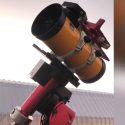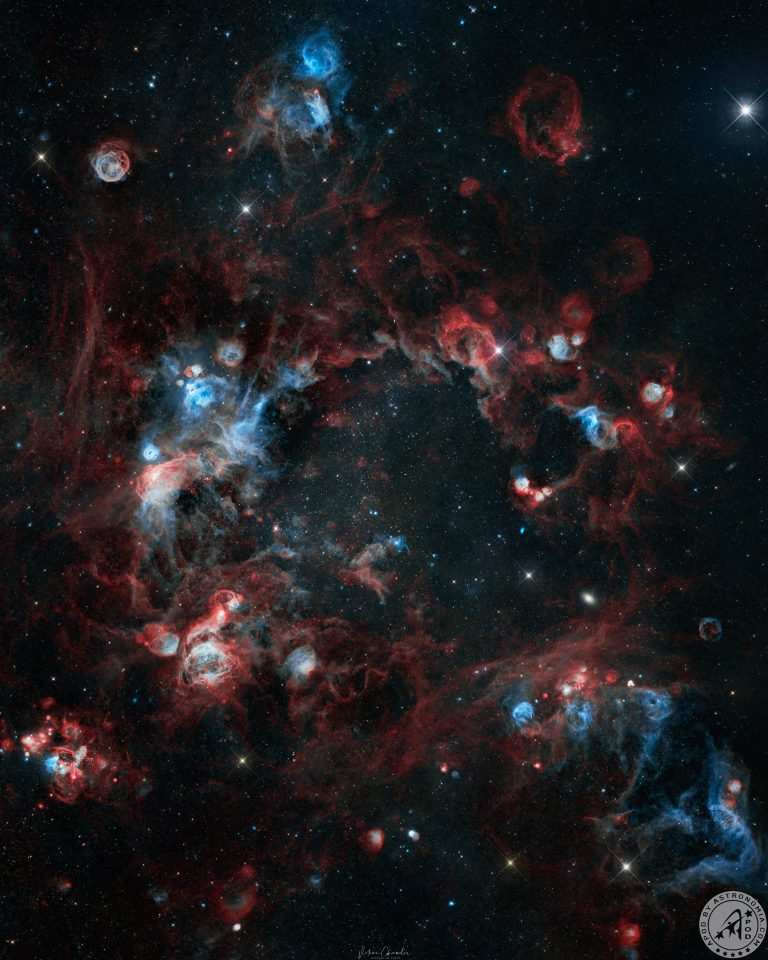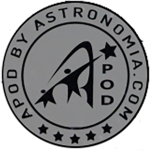Vikas Chander Astrophotography
Cosmic reef
NGC 1974
Telescope : Takahashi E160ed
Camera : ASI ZWO 6200mm Pro
Mount : Software Bisque Paramount MX+
Focal length : 528mm
Fov : 234 x 156 arcmins
Image Scale : 1.47 arcsec/pixel
Observatory : Deep Sky Chile
Filters: HaOLRGB
L 118x3m R 103x3m G 106x3m B 94x3m
Sii 71x5m Ha 72x5m Oiii 71x5m
Integration: 38h53m
RA: 05h32m28s
Dec : -66°55′59″

What are these are red and blue colours seen in space, one might ask ? The short answer, red is hydrogen and the blue is oxygen. But things are more complicated than that and one does require a fairly concentrated study to fully understand the science behind these colours. They do make a pretty picture though and often this area of the sky is referred to as the Cosmic Reef. Many space goodies can be seen in this widefield image of the constellation of Dorado which is part of the Large Magellanic cloud. Along with Ngc 1974, an open star cluster, emission nebulae such as Ngc 2014, Ngc 2020 and Ngc 2032 can be seen along with others….. At this time of the year, there aren’t too many wide field targets to choose from in the Southern Hemisphere and parts of the Large Magellanic Cloud seem the most obvious. I used my Takahashi E160ed scope installed in Deep Sky Chile to image the target with all seven filters, eventually not using the Sii filter. The skies in Chile are exceptional and the E160ed makes short work of capturing a lot of data in a very short period. As a result, the image literally processes itself….
© Vikas Chander All rights reserved Copyrights

